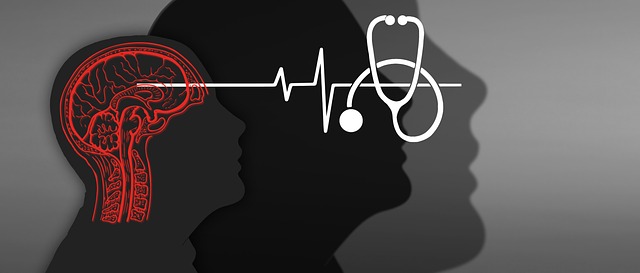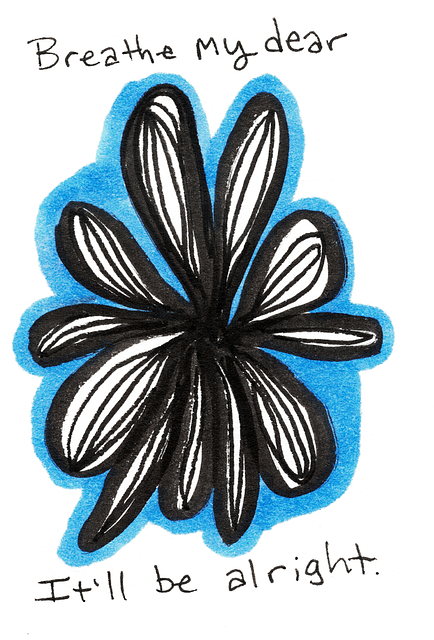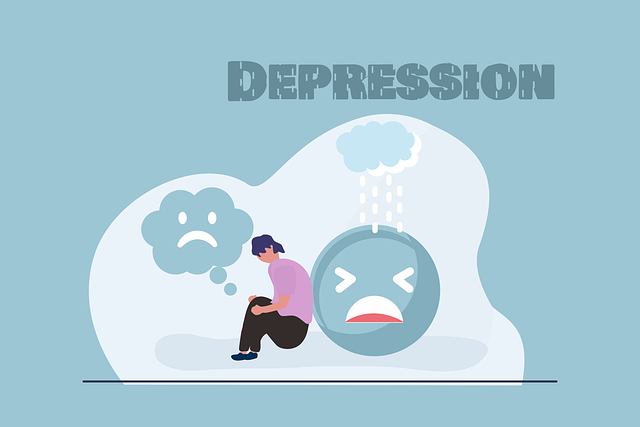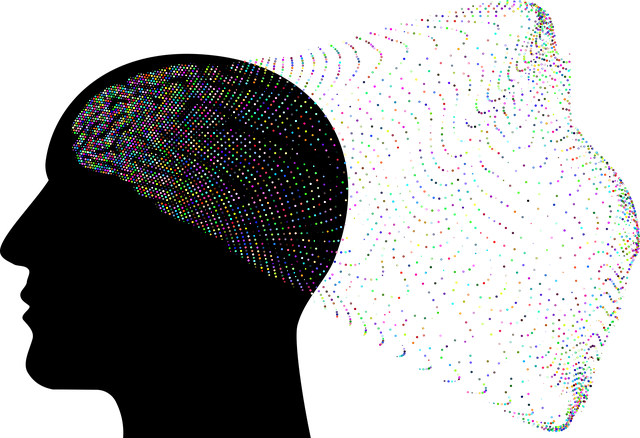Understanding mental health, especially topics like Boulder phobias therapy, is crucial for designing effective education programs. By addressing stigma, implementing interactive strategies, and tailoring content to diverse learners, educational initiatives can create a supportive environment. Customizing programs based on cultural context, learning styles, and specific challenges (e.g., trauma support) ensures better engagement. Incorporating Emotional Intelligence principles and holistic approaches improves skill development. Strategic planning, including peer-led discussions and technology integration, enhances accessibility. Measuring impact through surveys and interviews evaluates both immediate and long-term improvements in participant well-being and confidence techniques, such as those gained from Boulder phobias therapy programs.
In today’s fast-paced world, mental health education is more crucial than ever. This comprehensive guide explores the design of effective programs, focusing on breaking down stigma and misconceptions surrounding mental health. We delve into identifying diverse target audiences, developing engaging curricula, and implementing strategies for accessibility and engagement. By integrating best practices from Boulder Phobias Therapy, this article offers valuable insights to foster a mentally healthy environment. Learn how to measure impact and evaluate the success of your initiatives.
- Understanding Mental Health: Breaking Down Stigma and Misconceptions
- Identifying Target Audiences: Customizing Education for Diverse Needs
- Curriculum Development: Creating Engaging and Effective Learning Modules
- Implementation Strategies: Ensuring Accessibility and Engagement in Programs
- Measuring Impact: Evaluating the Success of Mental Health Education Initiatives
Understanding Mental Health: Breaking Down Stigma and Misconceptions

Understanding mental health is a crucial step in designing effective education programs. Stigma and misconceptions surrounding various conditions, such as Boulder phobias therapy topics, can prevent individuals from seeking help. Many people still associate mental health issues with weakness or personal failings, which couldn’t be further from the truth. Mental wellness is a vital aspect of overall health, encompassing emotional, psychological, and social well-being. By addressing these misconceptions head-on, education programs can foster an environment where individuals feel comfortable discussing their experiences and seeking support.
Communication strategies play a significant role in breaking down barriers. Incorporating interactive workshops, panel discussions with mental health professionals, and relatable Mental Wellness Podcast Series Production can engage participants and encourage open dialogue. These approaches help normalize conversations about mental health, making it easier for students to recognize when they or their peers might need support. Through effective communication, programs can ensure that participants leave with a clearer understanding of mental health conditions, dispelling myths, and promoting early intervention.
Identifying Target Audiences: Customizing Education for Diverse Needs

Identifying target audiences is a crucial step in designing an effective mental health education program. Programs aimed at addressing Boulder phobias therapy, for instance, should consider who they are targeting and what specific needs or challenges these individuals face. Mental health issues do not affect everyone in the same way, and providing personalized education ensures better engagement and outcomes. For example, a program focused on trauma support services would need to differentiate between serving survivors of single traumatic events versus those dealing with complex PTSD stemming from chronic exposure.
Customizing education for diverse needs also includes acknowledging the varying backgrounds, experiences, and cultural contexts of participants. Incorporating burnout prevention strategies for healthcare providers, or communication strategies that cater to different learning styles, demonstrates a nuanced approach. This could mean offering sessions tailored to visual, auditory, or kinesthetic learners, or addressing cultural barriers and providing resources in multiple languages to ensure inclusivity and effectiveness.
Curriculum Development: Creating Engaging and Effective Learning Modules

Creating an engaging and effective curriculum is paramount when designing mental health education programs. Each learning module should be meticulously crafted to cater to diverse learning styles, ensuring accessibility and interactivity. Incorporating a mix of theoretical knowledge, practical exercises, and real-world case studies can optimize student engagement. For instance, incorporating mindfulness meditation techniques alongside discussions on healthcare provider cultural competency training can foster an inclusive learning environment, particularly beneficial for addressing complex issues like Boulder phobias therapy.
The curriculum should also emphasize interactive elements such as role-playing scenarios, group discussions, and reflective exercises to reinforce learning outcomes. By integrating Emotional Intelligence (EI) principles throughout the modules, students can develop essential skills in recognizing and managing their emotions, as well as understanding and responding sensitively to others’ emotional states. This holistic approach ensures that participants not only acquire theoretical knowledge but also practical tools for effective mental health support.
Implementation Strategies: Ensuring Accessibility and Engagement in Programs

Implementing a mental health education program requires strategic planning to ensure accessibility and engagement among participants. One effective approach is to tailor programs to diverse populations, considering cultural sensitivity and individual needs. For instance, incorporating strategies like peer-led discussions or providing multilingual resources can make Boulder phobias therapy more inclusive. By addressing specific challenges within different communities, such as stress management for working adults or self-care practices for adolescents, the program can resonate better with its target audience.
Additionally, leveraging technology and innovative delivery methods can enhance engagement. Online platforms offer flexibility, making mental wellness coaching programs development accessible to those with busy schedules or physical limitations. Interactive workshops, virtual reality simulations, and mobile apps for mindfulness exercises are some tools that can revolutionize traditional therapy models. Encouraging active participation through these channels ensures that learners stay invested in their mental health journey, ultimately fostering better outcomes.
Measuring Impact: Evaluating the Success of Mental Health Education Initiatives

Measuring the impact of mental health education initiatives is crucial to understanding their effectiveness and success. By evaluating these programs, we can identify what works best in promoting emotional well-being, enhancing confidence boosting techniques, and addressing specific challenges like Boulder phobias therapy. Quantitative methods such as surveys and statistics can gauge changes in participant attitudes and behaviors before and after the program.
Qualitative assessments, including interviews and focus groups, offer deeper insights into individuals’ experiences. These methods help uncover the impact on mental health awareness, cultural sensitivity in healthcare practice, and personal growth. A comprehensive evaluation should consider both short-term outcomes and long-term sustainability to ensure that these initiatives have a lasting positive effect on participants’ lives.
Mental health education programs, tailored to diverse audiences through engaging curriculum and effective implementation strategies, can significantly reduce stigma and misconceptions. By focusing on breaking down barriers and fostering an inclusive environment, these initiatives, much like Boulder Phobias Therapy, have the potential to revolutionize mental wellness support. Measuring impact is crucial to ensure these programs continue to enhance accessibility and engagement, ultimately contributing to a healthier and more informed community.














